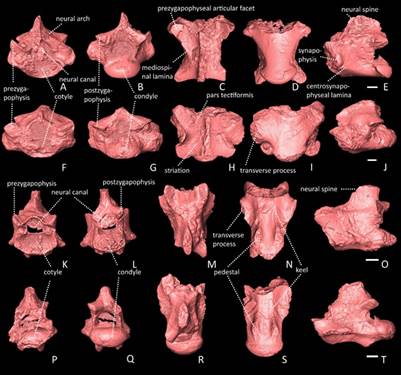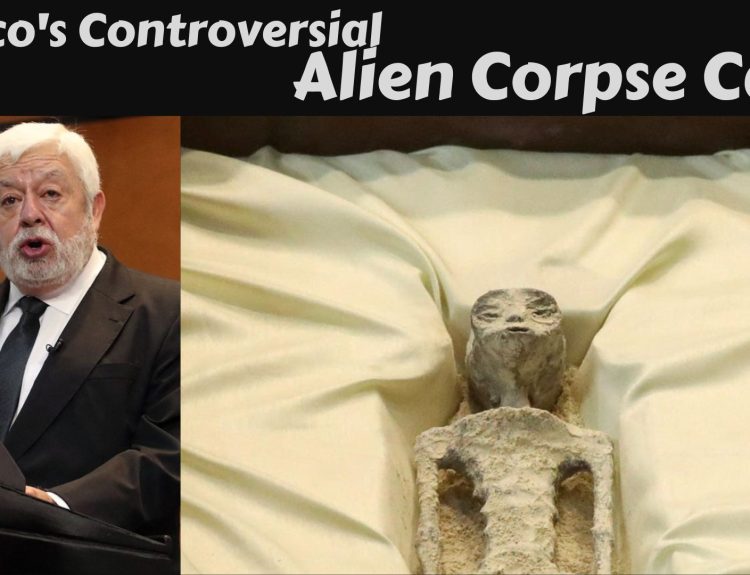Fossils of ancient lizards and snakes have been discovered in the Shivalik Hills. The remains have been found in the region of Haritalyangar in the Bilaspur district of Himachal Pradesh, India. According to an estimate, these fossils are about 9.1 million i.e 91 lakh years old.
The Shivalik Hills (also known as the Outer Himalayas) are a sub-Himalayan mountain range that extends for about 2,400 km. It includes Nepal, the northern part of the Indian subcontinent and northern Pakistan. Remains of Lower Palaeolithic Soanian culture have been found in the Shivalik region. Earlier many fossils were reported from the hills.
To know how to calculate the age of an old object, read the article – Carbon-14 dating method
Importance of the discovery
This discovery is important because it has helped scientists to accurately assess the climate of millions of years ago. When these fossils were examined, the researchers got information about the environmental conditions of that period.
The researchers found that the climate of the Shivalik region millions of years ago and today’s climatic conditions are almost identical, that is, the average annual temperature of the region is still about 15 to 18.6 ° C, which used to be 91 lakh years ago.
Researchers have inferred from this discovery that earlier this area of Shivalik used to have lush green forests which were suitable for the living of these snakes and lizards. 91 lakh years ago the temperature was perfect for these snakes and lizards. But as the environment changed, the Shivalik hills turned from a lush green forest to grassland.
According to scientists, the temperature at that time would have been hot and humid, while now the temperature in Shivalik and North India is cold and dry.
Research has also revealed that pythons, lizards and other reptiles can live in this temperature in the hills of Shivalik. The discovery could provide new information on global issues such as global warming.
What are fossils?
Fossils are the preserved remains of animals and plants that are buried in sediments. A fossil takes 1000 years to develop. These are the remains and impressions of ancient organisms preserved naturally in the stones. There are hundreds of types of fossils found around the world.
Fossils give us information about life on earth existed in ancient times. The fossil record tells us how life evolved.
References
9 million years old fossil remains of lizards and snakes found in Himachal Pradesh
Fossil Lizards And Snakes Are An Indication Climate Of Late Miocene Hominid Locality
Temperatures like today — what lizard & python fossil in Himachal tell us about 9.1 mn year ago







